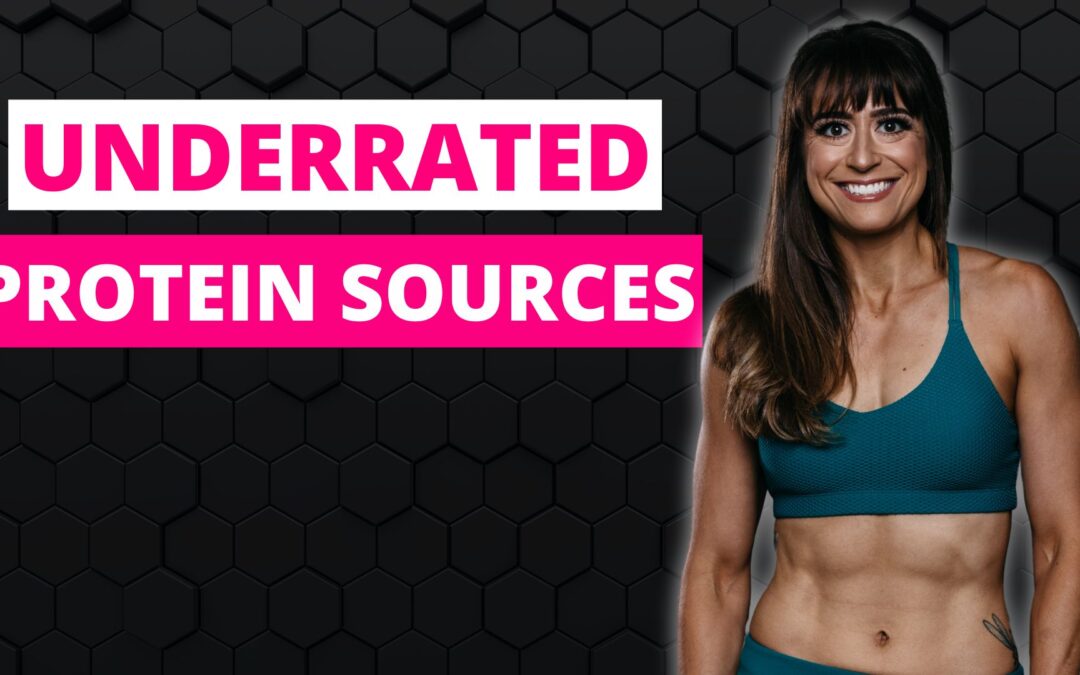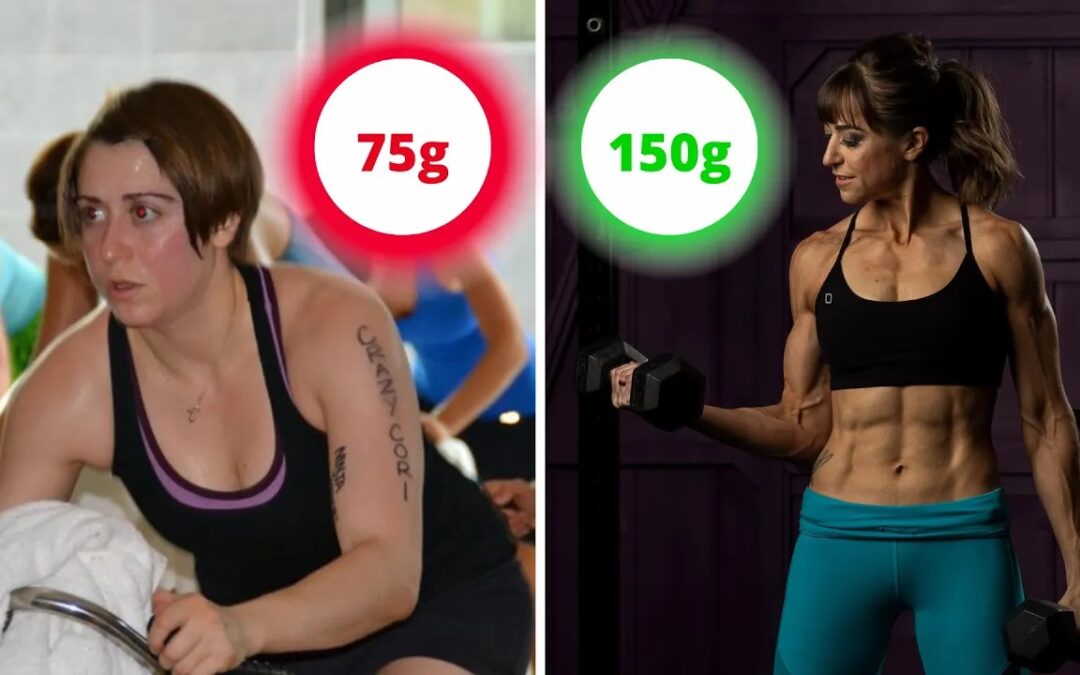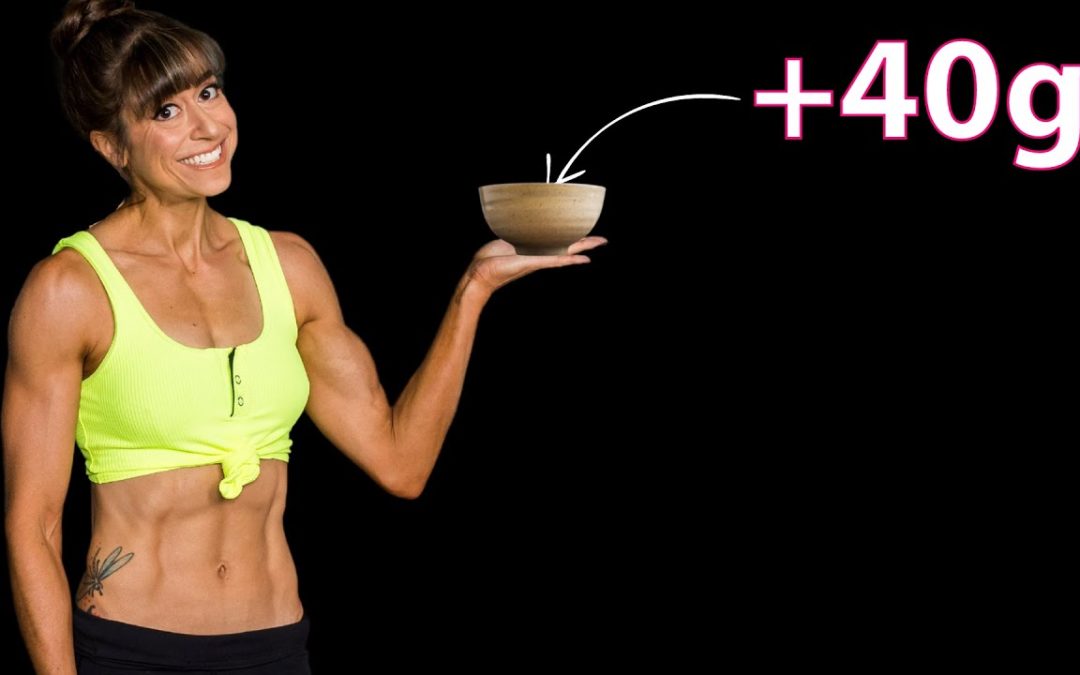
by Cori Lefkowith | Jun 22, 2025 | Blog, Diet
Changing your portions is hard. You can’t just eat meals the way you’ve always eaten. That does require some planning ahead to start. And protein isn’t often the thing we just have lying around or want to snack on. That’s why these 7 tips can help you start to adjust...

by Cori Lefkowith | Nov 3, 2024 | Blog, Diet
I’m not going to waste your time in the video going over the obvious protein foods – chicken, beef, pork, fish, shellfish, seitan, tempeh, eggs, greek yogurt, protein powders… Instead, I want to highlight all the foods we often don’t think about that are higher...

by Cori Lefkowith | Jun 2, 2024 | Blog, Diet
Think protein is just for bodybuilders? Think again. Focus on increasing protein may be even more important if you’re… Female Over the age of 30 Training hard Looking to lose weight Looking to lose fat Looking to gain muscle Looking to stay functionally stronger...

by Cori Lefkowith | Oct 15, 2023 | Blog, Diet
“I just can’t eat more protein!” “It’s impossible to hit my recommended protein intake!” If you’re starting to adjust your diet to lose fat and build muscle, often your first focus should be on increasing your protein intake. But it’s a hard thing to do. It can feel...

by Cori Lefkowith | Oct 9, 2022 | Blog, Diet
If you want the best and fastest possible weight loss and fat loss results, you need to focus on two things when it comes to your nutrition… 1. Creating that small calorie deficit2. Increasing your protein Often creating that deficit is the easier part of the equation...






